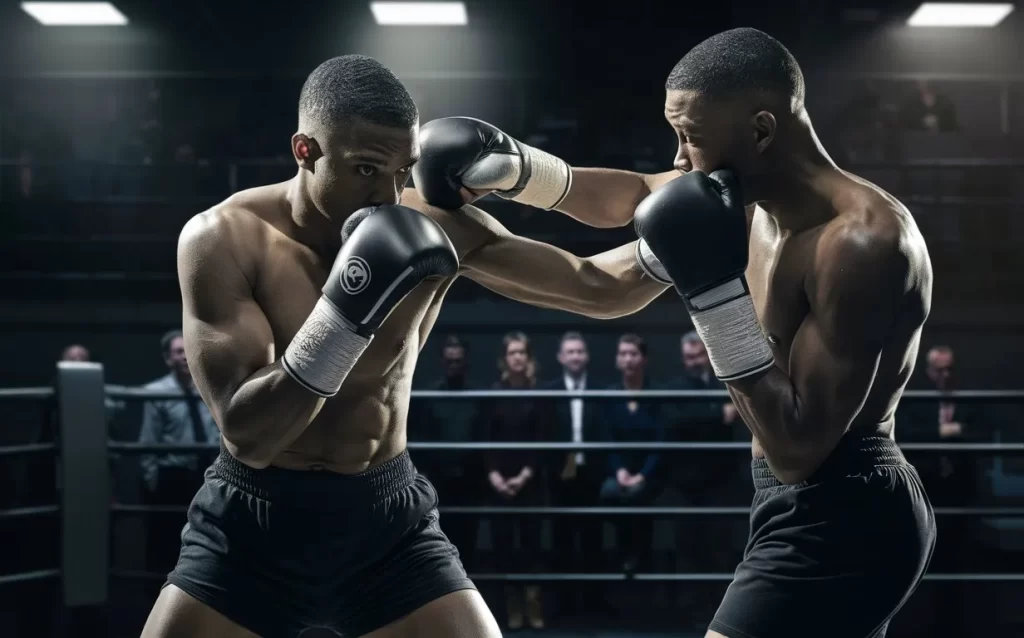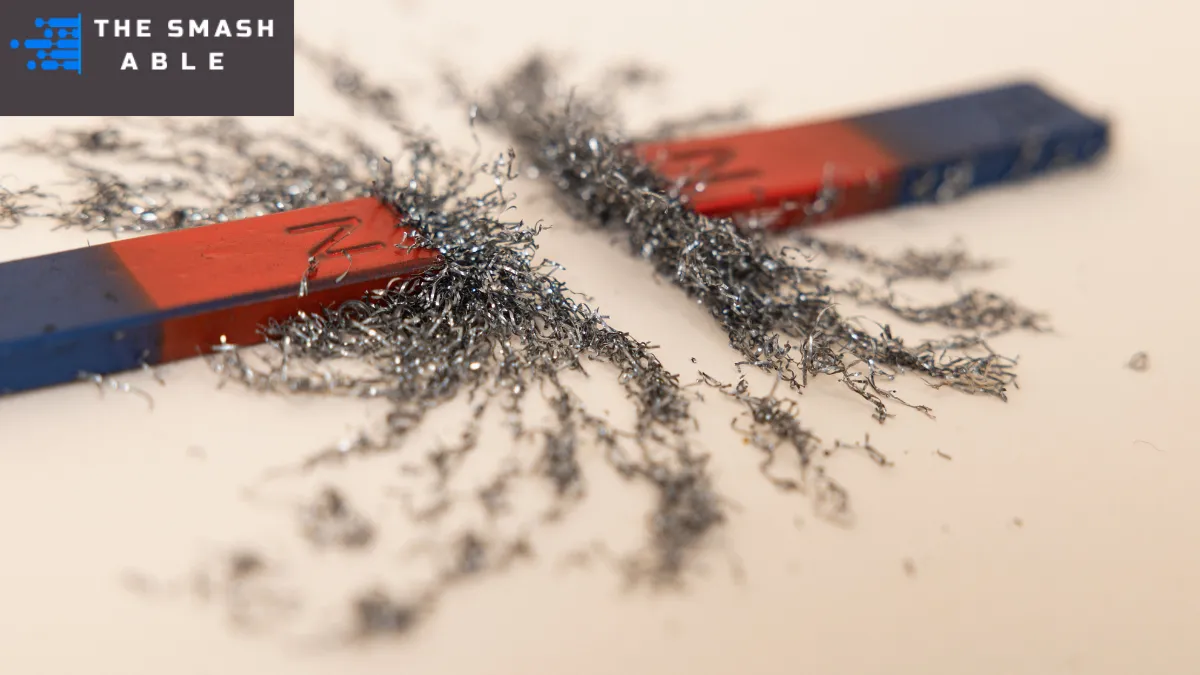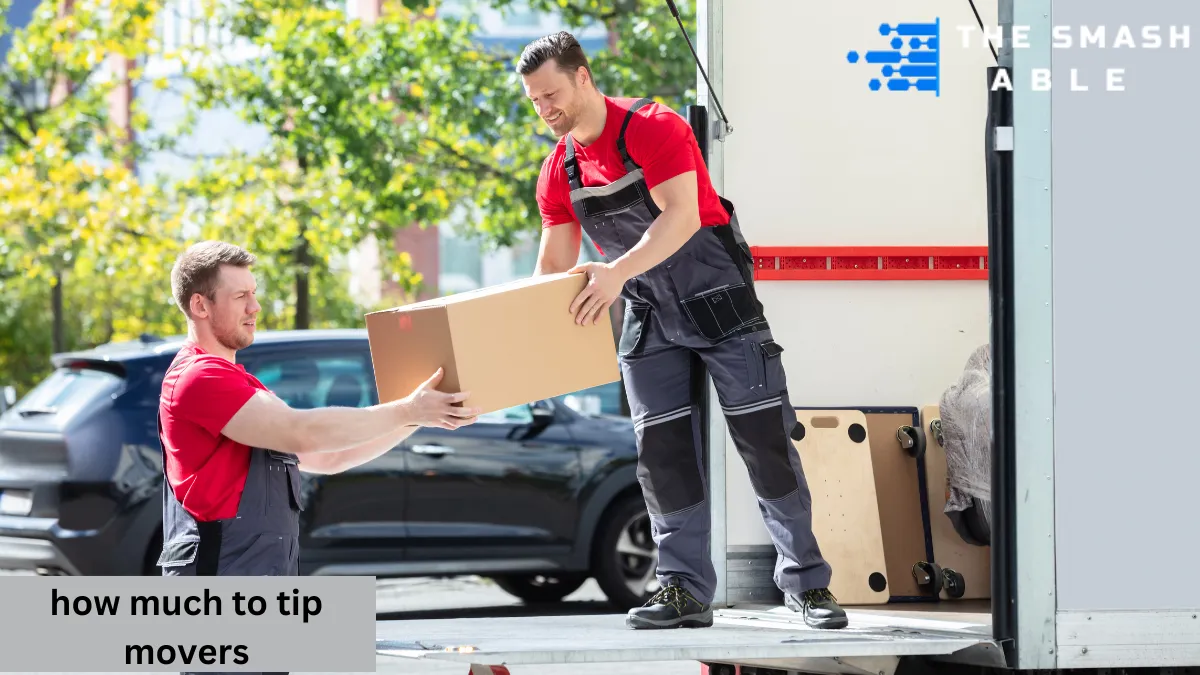Table of Contents
Boxing techniques are essential for anyone looking to dominate the ring. Whether you’re a beginner or an experienced boxer, mastering these boxing techniques—like basic boxing moves, punches in boxing, and advanced drills—can give you the edge needed to become an unbeatable fighter.
From boxing classes to boxing training sessions, you’ll learn how to throw a powerful punch and use every part of your body effectively in the ring.
This piece will examine various boxing strategies, including some of the latest insights into basic punches and defensive moves. By the end, you’ll understand how to improve your skills, develop your fighting style, and dominate your opponents.
The Basics of Boxing Techniques
Stance and Footwork
The cornerstone of any boxing technique is a proper boxing stance. Your feet should be shoulder-width apart in your boxing stance, with your weight distributed primarily on your front foot. This creates a stable yet flexible foundation, which helps every fighter stay balanced while shifting direction quickly.
Flex your knees slightly bent, ensure that the rear foot and front foot are both firmly planted and move your weight when needed.
An orthodox or southpaw stance can be adopted depending on your preferred fighting style. The left or right foot should pivot on the ball of your back foot, and remember to keep the heel of your back foot slightly off the floor.
Footwork techniques in boxing are crucial. Practicing footwork drills will help you improve your footwork, maintain balance, and create distance. Ensure your foot stays flat on the ground when necessary, but be prepared to pivot and rotate your hips forward to generate power punches.
When moving forward, backward, or side to side, your body weight—especially from your legs—should be evenly shifted, ensuring your head and upper body maintain good posture. This stance helps you generate power from your legs for a powerful straight punch thrown effectively.
Guard and Defense
Keeping your guard up is vital in bare boxing. Begin by holding your lead hand close to your chin with your elbow bent at 90 degrees and fists closed with fingertips facing your chin. This position protects your ribs and ensures you’re ready to counter at any moment.
Knowing how to deal with an opponent’s hooks is essential in boxing defense, as well as bending your knees and shifting the weight from the lead side to the backside. This defensive movement helps avoid punches without compromising your stance.
Boxing moves for defense include slipping, ducking, and blocking. Ducking involves bending your knees—slightly bent, yet controlled—while keeping your hips aligned to lower your head and avoid the opponent’s attack. Use your arm fully extended for blocking, ensuring your upper body moves in harmony.
Defensive movements are often paired with offensive strategies to maintain balance for a counterpunch. Start in your boxer stance, keep your lead elbow bent, and use your entire body to deflect incoming blows. Keep your elbow bent, and be prepared to throw your punch immediately after a defensive move.
Punching Techniques
To be effective in boxing, mastering the main punches is essential. Basic boxing punches such as the jab, straight punch, and hooks are among the main types of punches every fighter must practice. Throwing a jab involves twisting the knuckles and extending the arm while keeping the rear hand close to the chin.
Constantly rotate your hips and pivot on the ball of your back foot while delivering power punches to maximize the force behind the blow. When delivering punches, whether a jab or a powerful straight punch, your arm is fully extended, but the balance of your entire body weight remains in focus.
Boxing drills can help you get used to different scenarios during a boxing match. Practicing basic boxing moves and combinations while keeping your foot flat on the ground or pivoting on the back foot will ensure that your power comes from both your lower and upper body.
It’s time to get comfortable with offensive and defensive techniques, such as keeping your hips steady during offense or using hooks to attack when your opponent is off guard. Remember the importance of power from your legs and balance for every punch you throw during an intense boxing class or an actual match.
Punching Techniques
The Bite
The Bite is a swift, direct punch made with lead hands. It’s frequently used to determine distance, dissuade an opponent, and position yourself for further blows. In the Bite, you should spin your fist, extend your lead hand straight out, and rapidly snap it back.
The Cross
The cross is a decisive, straight strike delivered with the backhand. It is used to provide significant impact. To throw a cross, turn your hips, pivot on your back foot, and straighten your backhand, aiming for your opponent’s head or body.
The Hook
The hook is a versatile punch aimed at the head or body. You throw it with your lead or backhand in a circular motion. Swing your arm horizontally, swivel your hips, and pivot on your lead foot to throw a hook.
The Uppercut
The uppercut is a powerful punch aimed at your opponent’s chin or torso. You hurl it upwards using your lead or backhand. Bend your knees, turn your hips, and raise your fist to deliver an uppercut.
Combination Punching
Combination punching involves throwing multiple punches in quick succession. Combining different punches can confuse your opponent and create openings for powerful strikes. To increase your speed and coordination, practice typical combinations like the jab-cross, jab-hook, and jab-cross-hook.
Advanced Boxing Techniques

Feints and Fakes
Feints are deceptive moves that make your opponent think you are about to throw a punch. By using feints, you can create openings and keep your opponent guessing. Practice feinting with jabs, crosses, and footwork to improve your unpredictability.
Angling
Moving to the side to improve the angle of your blows is known as angling. This technique lets you avoid your opponent’s punches while positioning yourself for powerful strikes. Practice pivoting and sidestepping to master angling.
Counterpunching
Counterpunching is a defensive technique that involves reacting to your opponent’s punches with quick, accurate strikes. You can capitalise on your opponent’s momentum by timing your blows well. Learn to counter hooks, uppercuts, crosses, and jabs to become a proficient counterpuncher.
Latest Exciting Updates and Reveals in Boxing Techniques
New Training Methods
Recent advancements in training methods have led to more effective ways to master boxing techniques. High-intensity interval training (HIIT), strength and conditioning programs, and sport-specific drills have become popular among boxers. These methods help improve endurance, power, and overall performance in the ring.
Technological Innovations
Boxing training has also incorporated technology. Virtual reality (VR) and augmented reality (AR) are now used to simulate real fight scenarios, allowing boxers to practice techniques in a controlled environment. Wearable devices track performance metrics, helping boxers analyze and improve their techniques.
Influential Boxers and Their Techniques
Studying the techniques of successful boxers can provide valuable insights. For example, Floyd Mayweather’s defensive skills, Manny Pacquiao’s speed and footwork, and Mike Tyson’s powerful uppercuts have all influenced modern boxing techniques.
Analyzing their fights can help you understand how to apply these techniques in your training. Click Here For More Information about Featured.
Tips for Mastering Boxing Techniques

Consistent Practice
Consistent practice is vital to mastering boxing techniques. Frequent training sessions raise skill levels overall, enhance coordination, and assist in developing muscle memory. Dedicate weekly time to practice different punches, combinations, and defensive moves.
Sparring
A crucial component of boxing training is sparring. It lets you apply strategies in real-world combat scenarios, helping you figure out what works and what needs improvement. To obtain a variety of experiences, always spar with partners who are at different skill levels.
Professional Coaching
Working with a professional coach can significantly improve your boxing techniques. Coaches correct errors, create training programs specific to your needs, and offer individualized feedback. Invest in quality coaching to accelerate your progress.
Anyone who wants to rule the ring must master boxing methods. You can improve and develop into a powerful boxer by learning the basics, practicing advanced techniques, and keeping abreast of the most recent developments.




